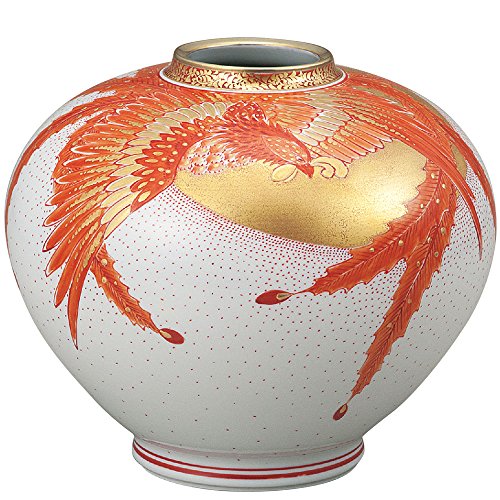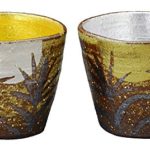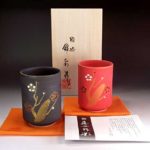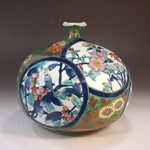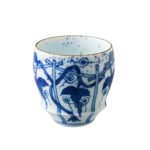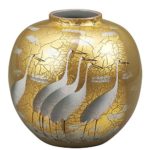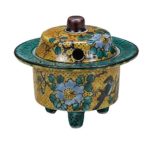Table of Contents
Traditional Japanese porcelains with phoenix pattern that you can buy on Amazon.com
The phoenix, which appears in mythology from ancient Egypt to Greece, is a legendary bird that has lived for 500 years and is dead from the ashes. On the other hand, as another source in Asia, there has been an auspicious imaginary bird called 鳳凰 about 3000 years ago. Even to Japan, which adopted various Chinese cultures, 鳳凰 came and it was incorporated into various designs as a symbol of good luck. Japanese people have called the bird “Ho-o”.
The figure is somewhat different from that of the western one. The Asian phoenix has a deer’s and snake’s neck, a fish’s tail, a turtle’s back, a swallow’s jaw, and a chicken’s chicken. The feathers have five-colored patterns like peacocks.
Arita/Imari ware phoenix pottery
The history of Arita/Imari ware begins with the creation of porcelain in 1616 by a Korean potter in today’s Arita, Saga Prefecture. And Arita-yaki is the oldest porcelain in Japan. Thin and light, Arita ware seems delicate. But in fact, it is harder and stronger than pottery. The porcelain of the feature is its colorful coloring.
Teapot
Cup and sauser
Sugar bowl
Decolative plate
Vase
Kutani ware phoenix pottery
Kutani ware has 360 years of history and has various style of coloring. Luxurious colors and the uneven surface are the characteristics of Ishikawa Prefecture’s traditional handicrafts.
Cup
Sake cup
Set of dishes
Decorative plate
Vase
Matcha bowl
Kyo-Kiyomizu ware
Ceramics made in Kyoto, the center of traditional Japanese culture, is Kyo ware. Among them, Kiyomizu ware is made in the Kiyomizu area. Painting with advanced technique and warm atmosphere are the features of Kyo-Kiyomizu ware.
Bowl
Dish
Sake cup
Tea set (kyusu teapot and tea cups)

